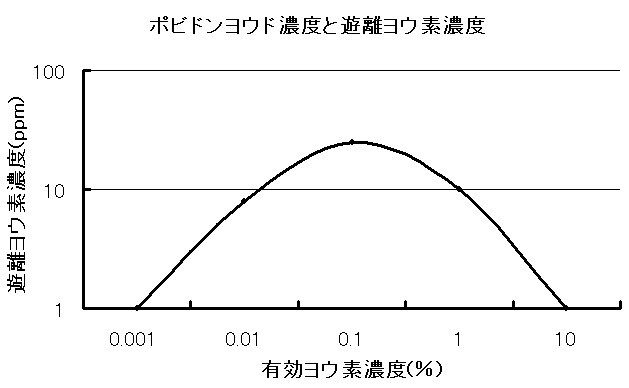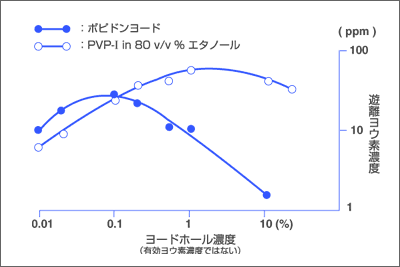| NOTES: |
| |
-
|
final drinking concentrations calculated at 8 mg iodine/liter |
| |
-
|
measure with a tuberculin syringe or dropper: 1 drop = 0.05 ml |
| |
-
|
In general, if you are in a hurry double the chemical dose and halve the
contact time; if you want better flavor halve the dose and double the contact
time. |
| |
-
|
If you believe the water may be heavily contaminated, double the chemical
dose or double the contact time. |
| |
-
|
Iodine Topical Solution and Iodine Tincture also contain 2.4% sodium iodide,
Lugol's Solution also contains 10% potassium iodide, increasing the dose of
iodine ingested. |
| |
-
|
Povidone is a non-toxic polymer that binds the iodine and allows higher
concentrations in a water-based solution. This complex system provides a
sustained-release reservoir of free iodine, and makes calculation of the
"strength" of the solution difficult. |
| |
-
|
A system comprising iodine crystals in plain water is available, and works
well. It lasts an extremely long time. I have not shown it here because the
amount of iodine dissolved in the water is highly temperature-dependent, and
this is problematic in the universally cold environment of the
Himalaya. |
| |
-
|
Addition of a small amount of vitamin C (50 mg) to your water
after the contact time with the iodine will render the water nearly
flavorless! |

